
MENUMENU
TALK TO AN EXPERT
Special Hours: 7AM – 6PM PST
TALK TO AN EXPERT
Special Hours: 7AM – 6PM PST
The rapid advancement of photovoltaic systems, a special electrical system that produces energy from a renewable and inexhaustible source, and the integration of energy storage systems (ESS) have prompted the National Electrical Code (NEC) to adapt its regulations to accommodate these evolving technologies. In this blog, we provide a comprehensive analysis of NEC articles relevant to solar-plus-storage systems, outlining critical requirements and implications for designers and integrators. As the industry continues to advance, professionals must remain well-versed in NEC articles to ensure compliance, safety, and effective system operation in the dynamic landscape of solar-plus-storage technology. Battle Born Batteries’ technical sales staff has decades of experience, we’ll ensure your system is properly designed and always available to answer any questions.
This blog provides a detailed analysis of NEC articles that pertain to solar-plus-storage systems, highlighting the key requirements and implications for system designers and integrators. By examining NEC Article 706 Energy Storage Systems, Article 705 Interconnected Electric Power Production Sources, Article 690 Solar Photovoltaic (PV) Systems, and Article 710 Stand-Alone Systems, we detail a comprehensive understanding of the regulatory landscape governing solar-plus-storage systems.
For further information, questions, or assistance, you can reach the team of Battle Born Batteries experts by phone at (855)-292-2831 or email at [email protected].
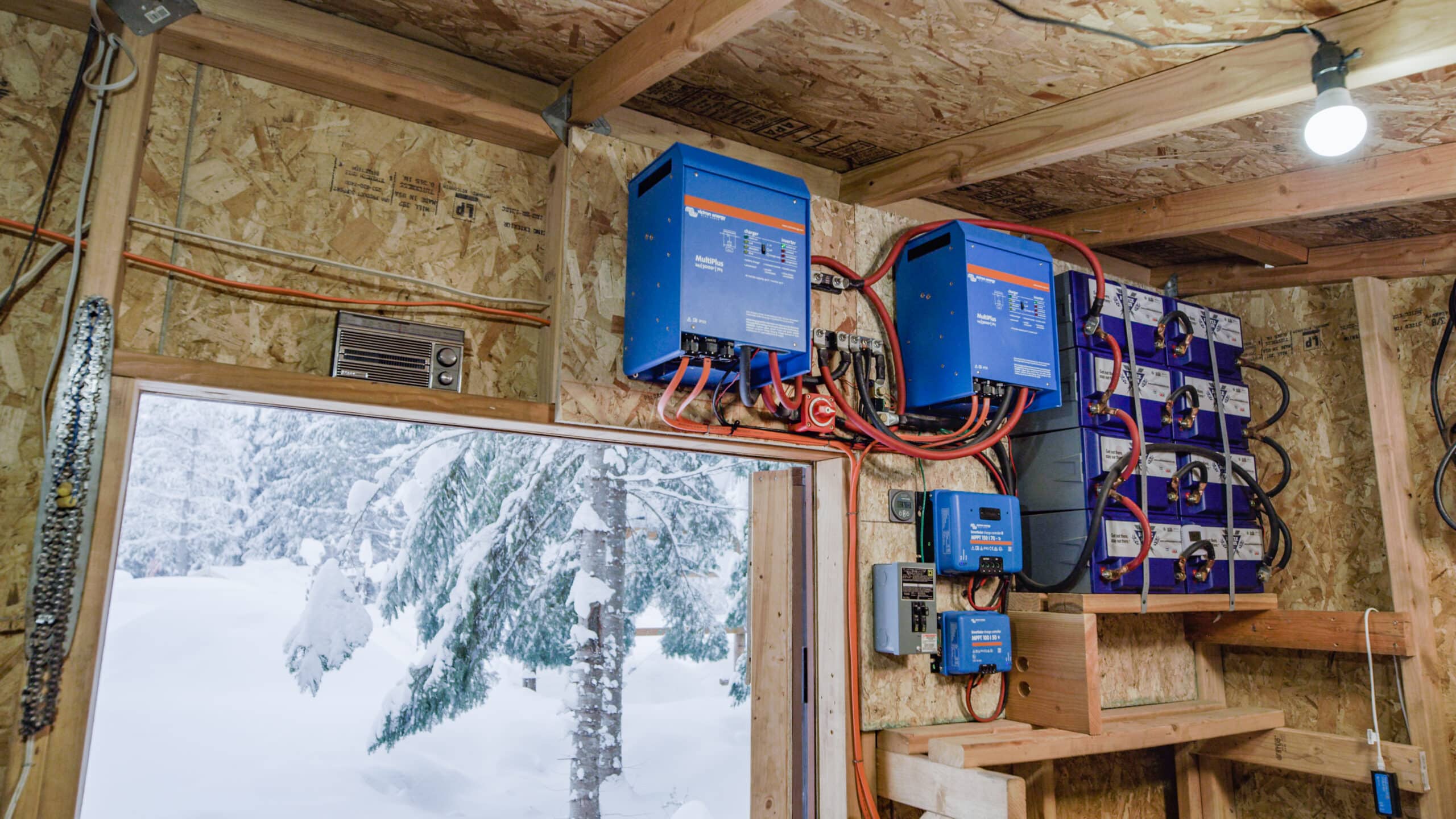
As photovoltaic (solar or PV) systems and Battle Born Batteries energy storage technologies continue to evolve, the NEC plays a critical role in ensuring the safety and functionality of these systems. The rapid adoption of lithium-ion energy storage systems, like the Battle Born Batteries Base Station, has necessitated the revision of existing regulations and the introduction of new requirements to address emerging challenges.
NEC Article 706 for Energy Storage Systems outlines regulations that are pertinent to solar-plus-storage systems, specifically for energy storage systems integrated within normal operating conditions. NEC Article 706 mandates requirements such as ESS product listing, disconnecting means, installation specifications, DC voltage limits, circuit sizing, overcurrent protection, and charge control mandates. Notable provisions, in this article specifically, include an accessible disconnect for one- and two-family dwellings and a DC voltage ceiling of 100VDC, with provisions for higher voltages when live parts are inaccessible during routine maintenance.
When a Battle Born energy storage system is interconnected with a primary power source, Article 705: Interconnected Electric Power Production Sources comes into play. This NEC regulation specifies conditions for interconnection, including equipment listing, automatic export cessation during power loss, micro-grid system definitions, and transitioning between modes. A newly introduced section, 705.13, addresses power control systems (PCS) requirements for limiting current and loading on busbars and conductors. Breakers and fused disconnects need to be oversized by 125% of the max inverter output and the overall output of the renewable power source shall not exceed more than 120% of the main service panel bus rating, on load side connections. Line-side connections should be verified by the local building department in your area.
In cases where energy storage systems are charged by PV sources, NEC Article 690 for Solar Photovoltaic (PV) Systems and its amendments are applicable. Previously covering storage batteries, Article 690 now primarily pertains to PV-side requirements. It includes provisions for marking PV output conductors for polarity, enforcing rapid shutdown requirements to ensure safe operation during grid outages, and protecting utility crews from unsuspected power on the grid.
NEC Article 710 addresses stand-alone energy storage systems, like Battle Born Batteries’ residential off-grid and industrial solar systems, operating independently in “island mode,” encompassing off-grid and interactive hybrid backup power systems. The 710 article dictates inverter input and output circuit requirements, supply output provisions, and allows a single inverter to supply distribution panels. Notably, circuit breaker security for inverters and appropriate voltage and frequency for connected loads during “island mode” is emphasized.
In 2020, the National Electrical Code (NEC) made significant changes to its requirements for energy storage systems. Due to the increase in ESS, such as large-scale wind and solar systems used to generate power, the articles in the NEC were updated for the ever-evolving systems.
Article 706 requires that energy storage systems with a capacity greater than 1kWh [706.1] can provide power to the premises wiring system or a power distribution network [706.2]. Key points in this article include disconnecting means must meet the requirements laid out in Article 706.15(A)(1) through (3) as well as meeting the requirements of Part III and 706.15(B) through (D). The article also lays out its requirements for conductor sizing in 706.30, and sizing overcurrent protections in Article 240 [706.31(A)].
Any overcurrent protection devices for any DC portion must be listed for DC, and be equipped with the appropriate voltage, current, and interrupting rating for the application at hand per Article 706.31(C). Article 706.33(A) requires that the system must have provisions for charge control and adjustable means for control of charging must only be accessible to qualified personnel. If you’re using a system with flow batteries, they must comply with part V.
Let’s dive into the NEC regulations about stationary battery installations, particularly focusing on NEC Article 480. While Article 480 lays down the foundational electrical installation requirements for batteries, this analysis underscores the need for a comprehensive understanding beyond the scope of the code. Amendments introduced in the 2014 NEC are explored, emphasizing their significance in ensuring safe and efficient battery system design and deployment.
As advancements in energy storage technologies continue, the NEC plays a pivotal role in shaping regulations to ensure the safety and reliability of battery installations. Below we dive into the specifics of NEC Article 480, examining its requirements and subsequent amendments, and emphasizing the broader context necessary for robust battery system design.
The 2014 NEC introduced a new subsection focusing on battery and cell terminations (480.3). This addition underscores the critical importance of proper terminal connections. Addressing terminal corrosion, the requirement for applying antioxidant materials during installation is highlighted as a means to mitigate potential issues. Moreover, the code now explicitly mandates terminating conductors in ways that minimize strain on connections, aligning with good workmanship standards. Temperature and Ampacity Effects: The impact of temperature on charging rates and conductor ampacity is often overlooked. NEC 480.3(B) explicitly addresses this concern, requiring proper conductor sizing to accommodate ampacity losses under maximum temperature conditions. This adjustment, previously observed by experienced designers, is now formally mandated across installations.
The need for a readily accessible disconnecting means for battery systems exceeding 50V nominal voltage is introduced in NEC 480.6(A). The requirement aligns with common NEC criteria for disconnects and includes provisions for remote activation, bolstering safety, and maintenance practices.
NEC Article 480 outlines insulation support requirements based on battery nominal voltage and construction materials. Batteries with certain characteristics are exempt from additional insulation support, while stringent provisions are in place to ensure proper insulation in other cases.
While NEC Article 480 serves as the foundation for battery installations, it is essential to acknowledge the broader considerations that impact safe and effective system design. The amendments introduced in the 2014 NEC highlight the evolving nature of battery technology and the NEC’s commitment to maintaining up-to-date safety standards. A commitment to high-quality engineering decisions that transcend code compliance is critical to establishing resilient and reliable battery systems. As batteries assume increasingly critical roles in diverse applications, a holistic approach to design, installation, and maintenance becomes imperative to ensure long-term safety and performance.
Battle Born Batteries’ team of experts is here to assist you with any questions that you may have. The team is available by phone at (855)-292-2831 or by email at [email protected].
Shop Best Sellers
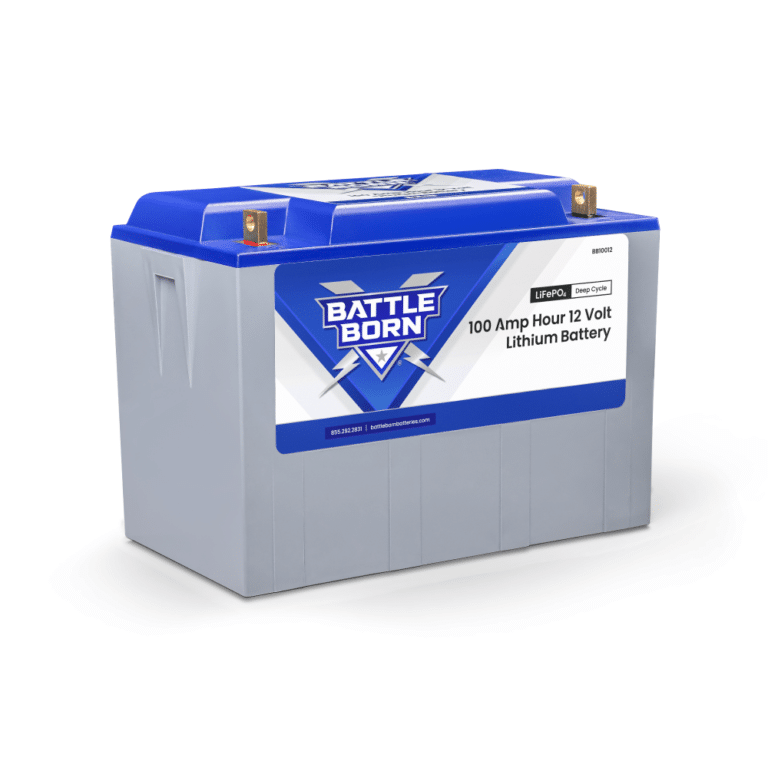
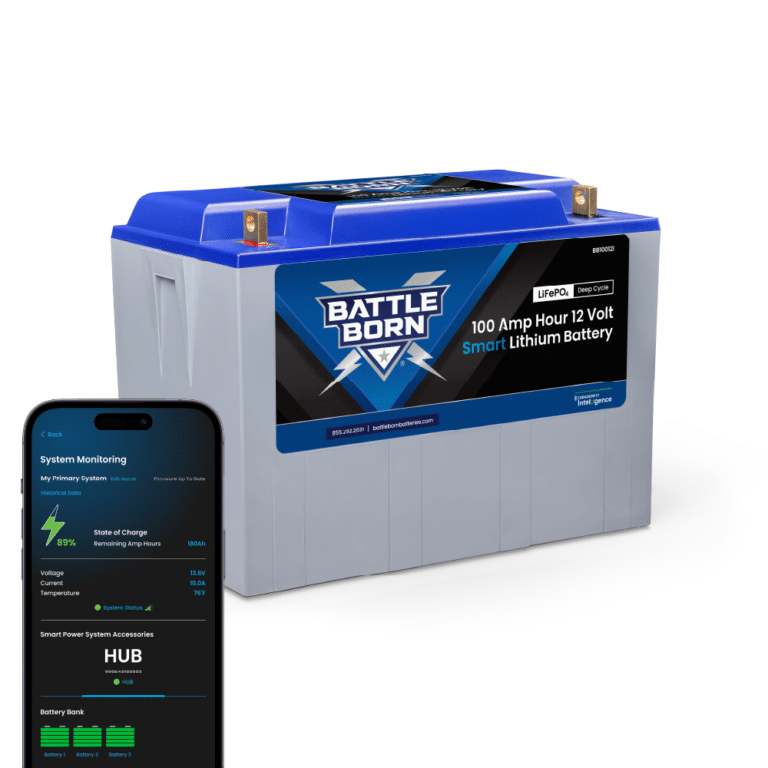
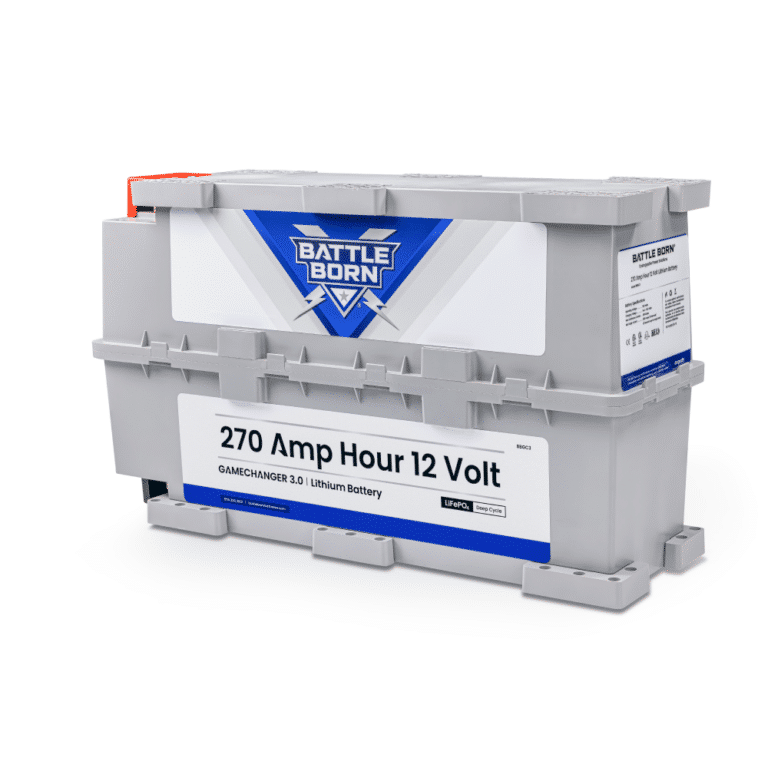
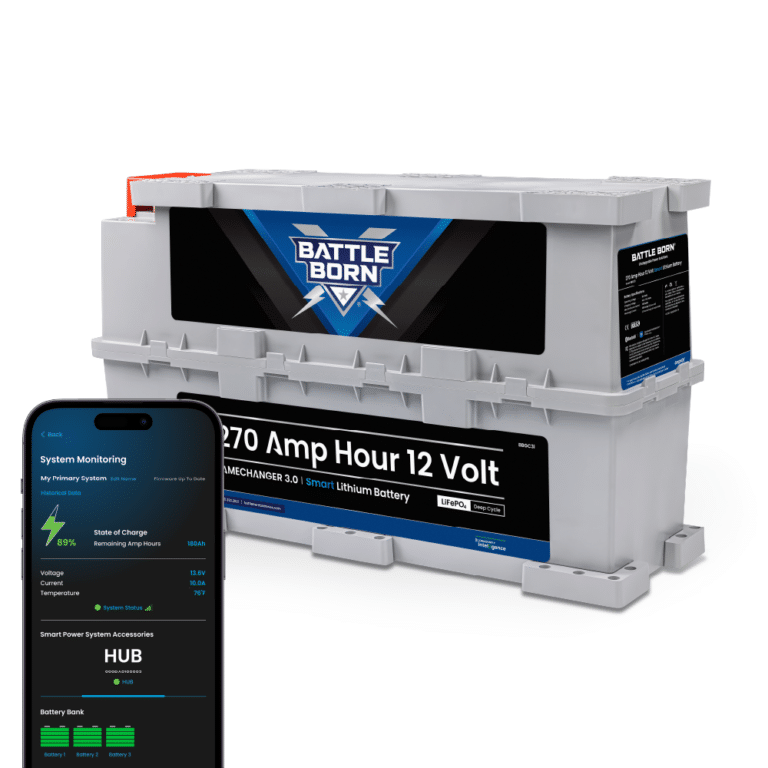
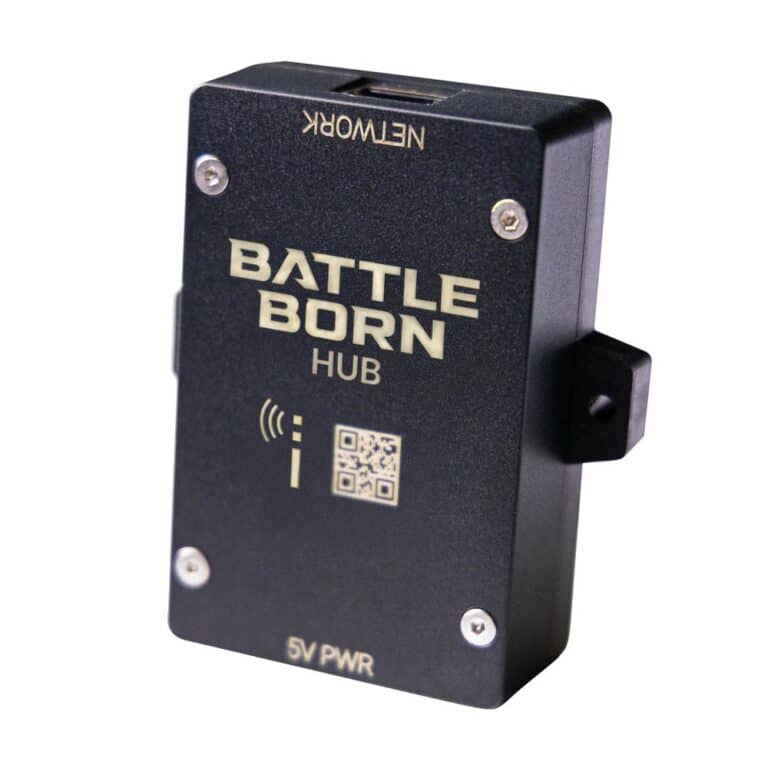
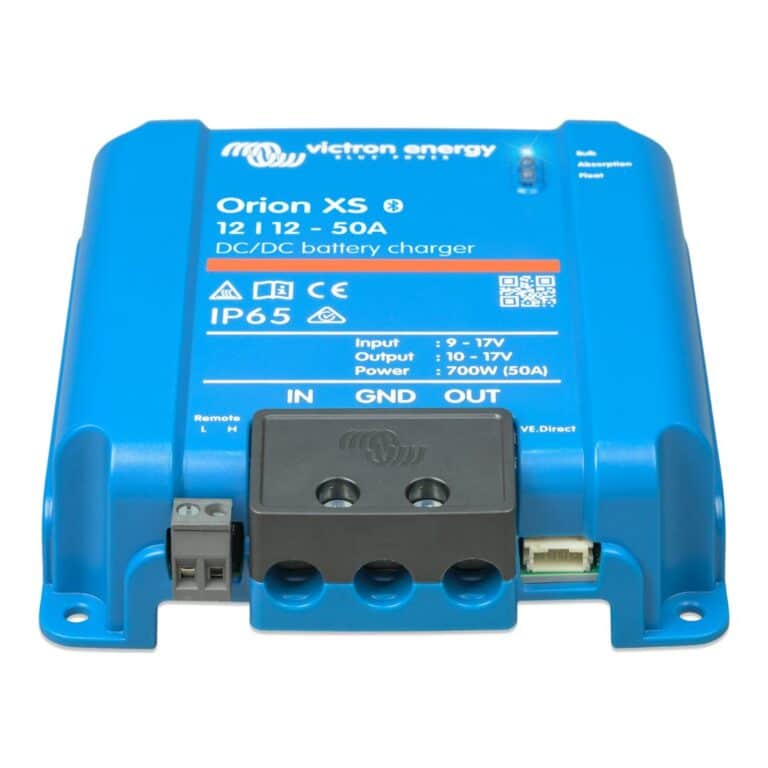
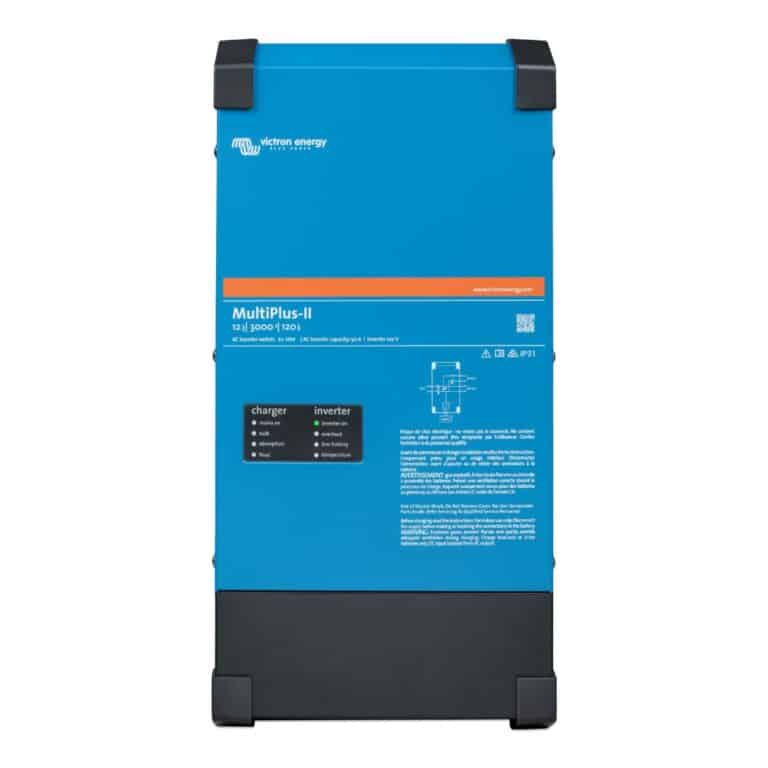

Ask a technical specialist now at 855.292.2831
Stay in the Know